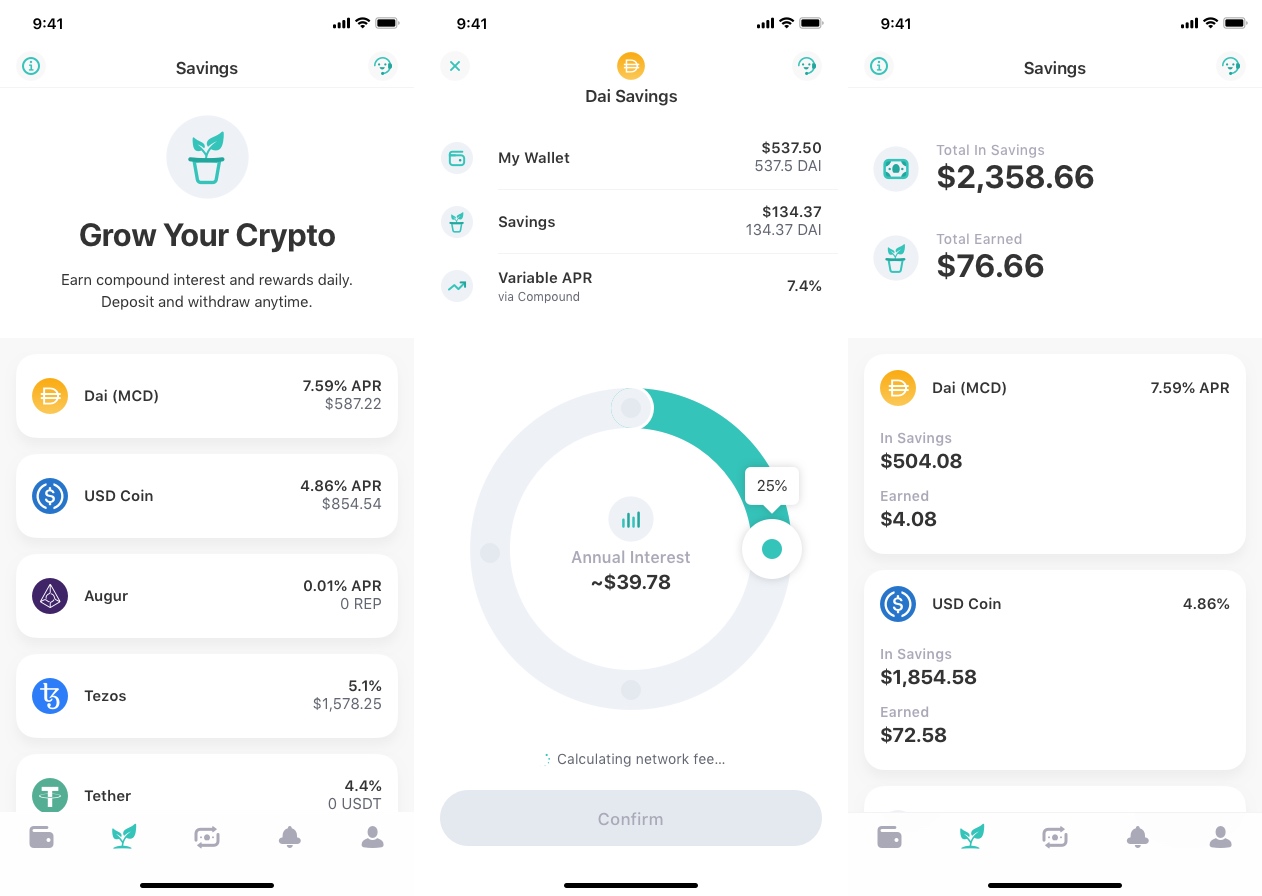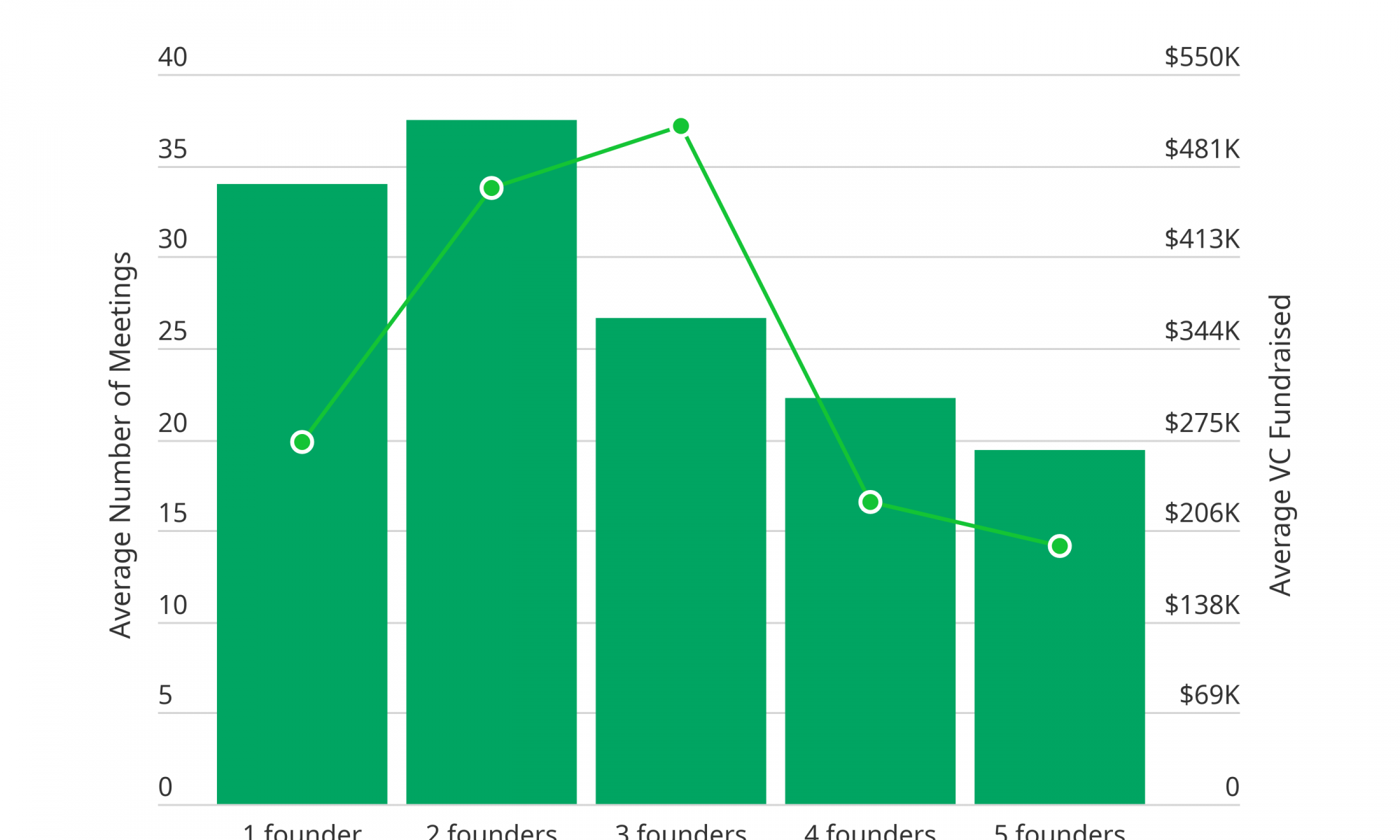Well, here we are. After many weeks (and a somewhat inconsistent publishing schedule), we have arrived at the final story of Ted Chiang’s Exhalation collection, number nine of nine. It has been a fun journey reading each of these speculative science fiction stories, and I do think they have much to tell TechCrunch readers. Even if you missed some of the discussions, these stories are timeless: What’s Expected of Us was first published in 2005. So jump in now, or jump in later — they will be waiting for you when you are ready.
Today, we have a fantastic work on the meaning of the choices in our lives and what happens when we have more information about ourselves in alternative timelines. It’s a story that combines quantum entanglement with freedom of the will, connecting technology to the very core of what makes us human. We will talk about Anxiety is the Dizziness of Freedom, and then some concluding thoughts on the whole *Exhalation *collection for those who have walked with us every step of the way.
Some further quick notes:
- Want to join the conversation? Feel free to email me your thoughts at bookclub@techcrunch.com (we got a real email address!) or join some of the discussions on Reddit or Twitter (hashtag TCBookClub)
- Follow these informal book club articles here: https://techcrunch.com/book-review/. That page also has a built-in RSS feed for posts exclusively in the Book Review category, which is very low volume.
- Feel free to add your comments in our TechCrunch comments section below this post.
Reading Anxiety is the Dizziness of Freedom
This short story is a beautiful fusion of speculative science fiction and philosophy, punctuated with several plot turnabouts and rivulets of thrill.
The story centers around an invention called the prism, which is a quantum communications device. When triggered, a prism will cause a binary divergence in future timelines. In one timeline, the prism lights up its LED red, while in the other timeline it lights up blue. What’s critical is that the prisms in the now diverging timelines are connected together, and the device has a “pad” that allows for limited communications between the two timelines before the pad expires its capacity.
With the right prism, people can talk to themselves in other timelines to explore what might have happened if different decisions were made. For instance, someone could accept a marriage proposal if the prism’s LED turned red or reject it if the prism turned blue. Through the device, users can observe how their lives might have been lived — entailing all kinds of psychological consequences in the process.
It’s not surprising then that the plot partly revolves around a support group for people obsessed with prisms. One person, Jorge, struggles with the fact that he committed a violent act in this timeline, but then determines that he didn’t in any of the other timelines he was able to connect to. What does this say about his character? Does the fact he almost always doesn’t commit the violence show that he has a strong and stable character, who occasionally makes mistakes? Or does the evidence prove that there is a monster waiting beneath the surface, always just waiting for the right moment to strike?
Throughout the story, there is a latent question about how we use role models in our decisions. In our world, we can model ourselves off of celebrities or famous people, mentors and coaches, or even historical figures we’ve read about in biographies. Yet the prisms shrink this intrinsic distance — we can model ourselves after literally ourselves.
That opens up avenues for envy and jealousy. When our role models find success, we have the emotional distance to observe and reflect, and perhaps change our own actions in response. But when those models are ourselves, suddenly we can’t help but think that there must be something wrong with us if our counterparts in other timelines are doing well and we are not.
So we dwell on our choices, particularly on the major prophetic decisions that we feel our whole lives revolve around. Much like the prisms and the quantum split that happens inside the device, we ourselves have moments of binary decision-making. If we are angry, do we slash the tires of the car of the person who put us in that position? Do we pull the trigger on a gun?
In one case, Dana, a therapist and a facilitator of the prism support group, harmed her best friend Vinessa in high school during a field trip. When a teacher enters their hotel room on an inspection and sees rows of pills, Dana blames Vinessa, sending her life in a different direction:
It was as if, before that night, Vinessa had been balanced on a knife’s edge; she could have become either what society considered a good girl or a bad girl. Dana’s lie had pushed her off the edge, onto the side of being bad, and with that label the course of Vinessa’s life had taken a different direction.
Yet, Chiang is deeply skeptical of these binaries. We start to see glimmers of this as he explains the quantum dynamics behind the prisms, arguing that even a single atomic difference in different timelines can lead to massive changes in weather patterns and ultimately the macro events that build each of those worlds. This butterfly effect means that our decisions have far more chaotic consequences than we can anticipate. As the author explains, “Many worried that their choices were rendered meaningless because every action they took was counterbalanced by a branch in which they had made the opposite choice.”
Yet, much like the last story we read, this story doesn’t jump to nihilism. Quite the opposite, it argues that our decisions are really reflections of our character, and therefore our character constrains the probabilities of our actions in future timelines. Nat, our main narrator, asks during a support group session:
“But when I have a choice to do the right thing or the wrong thing, am I always choosing to do both in different branches? Why should I bother being nice to other people, if every time I’m also being a dick to them?”
The facilitator Dana responds with:
“But if you act compassionately in this branch, that’s still meaningful, because it has an effect on the branches that will split off in the future. The more often you make compassionate choices, the less likely it is that you’ll make selfish choices in the future, even in the branches where you’re having a bad day.”
While all future possibilities are always present, our innate character determines the gravity wells that most timelines fall into. Vinessa is angry at Dana for her lie, but as we later learn, she would have been angry in pretty much every scenario that Dana might have selected. No matter how she handled the situation, Vinessa would have gone through her downward spiral, leading to the story’s core message: “If the same thing happens in branches where you acted differently, they you aren’t the cause.”
We can’t control the past, and we certainly can’t control alternative timelines. But we can control our actions today, and those actions are going to accumulate to affect every single diverging timeline in the future. Yes, sometimes our other selves might have gotten luckier, or may have faced an unexpected tragedy. Yes, if we knew this we might experience envy, jealousy or horror. But ultimately, all the possibilities in the world are ultimately circumscribed by ourselves. We can only ever really do what we choose to do.
Some concluding thoughts on Exhalation
We’ve come to the end of Exhalation, and in light of the book’s symbol, we can take a breath now to take a look at all that Chiang has put together with these various stories.
To me, the most prominent message that resonates throughout the book is that contingency has no control over our own actions. In many of the stories in this set, Chiang places a new technological object, whether it’s a time-travel gate, digients and virtual worlds, or the prisms in this last story, and shows how humans react to their fresh capabilities.
One would think that these technologies would immediately change who we are or how we react. After all, if we can time travel, communicate through timelines, or completely change our perspective in virtual worlds, shouldn’t that radically change our identities? Wouldn’t we be entirely different people?
And yet, Chiang makes his point stridently clear: no. The characters inside each of us are hardly fixed of course, but they absolutely affect how we use — for good and evil — these new technologies. Humans are going to do what they are going to do, and they are going to do it with whatever tools they have available to them. That’s not to say that technologies shouldn’t be held accountable for the actions they afford their users. But ultimately, it’s a reminder that we each have control over our own actions, and we have the right to judge others for the actions they take when confronted with new options.
We are ultimately all connected, and that means that our actions don’t just affect ourselves, but all people everywhere through the air, through quantum mechanics, and through the physical laws of our world. Trust yourself, but also understand how we can control our actions for a better world. If that isn’t a message for startups and technology in 2020, I don’t know what is.

Source: Tech Crunch









